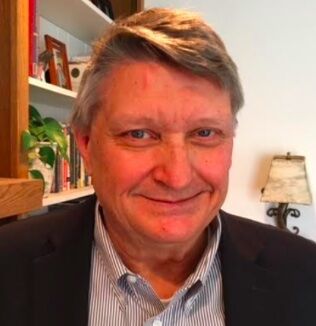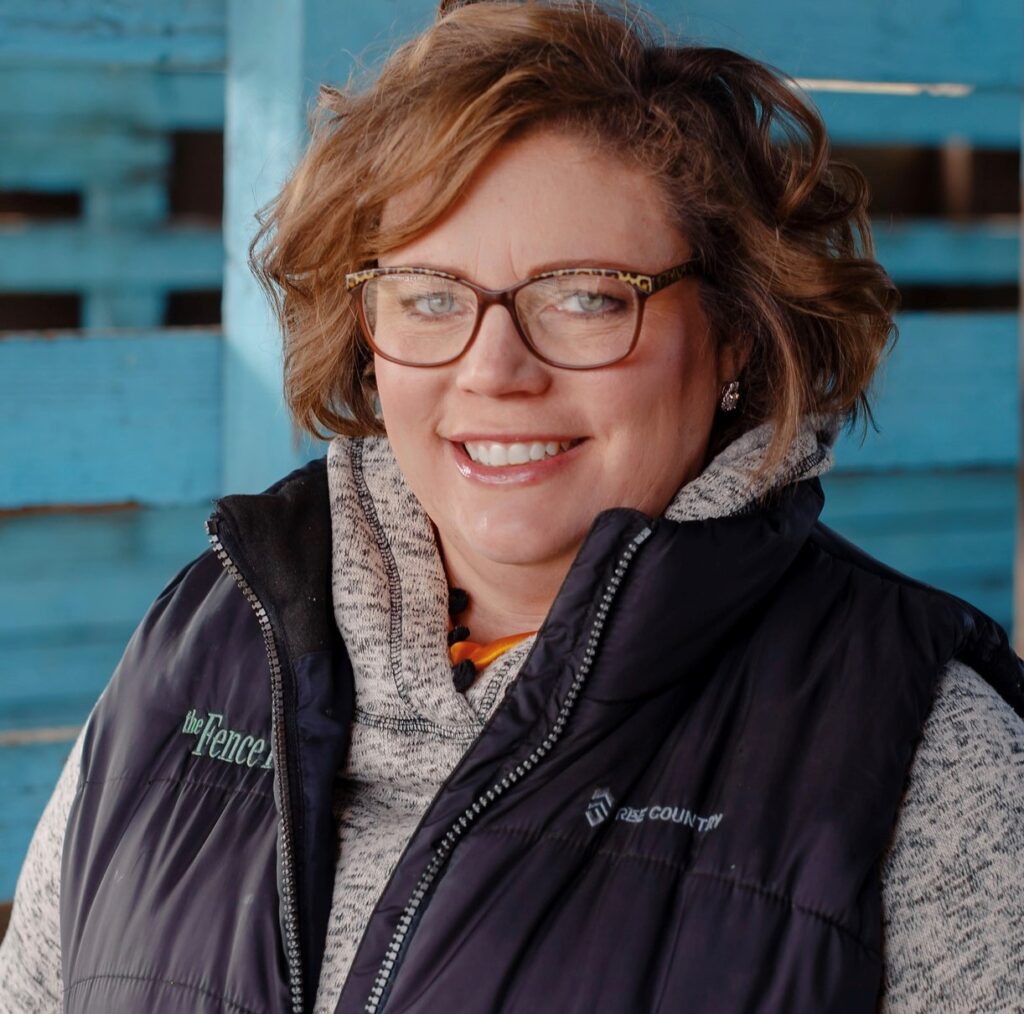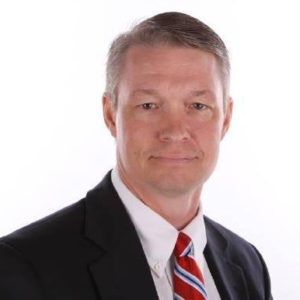PODIUM | Can Coloradans move to the middle?


In the 1970s, President Richard Nixon coined the phrase the “Silent Majority.” He was referring to what he believed was a majority of the public who agreed with his policies and ideas rather than those demonstrating in the streets against the Vietnam War and other policies of his administration. In his eyes this silent majority were those individuals who were the larger group of the public. He indicated that their silence reflected that they were happy with the direction of the country and supportive of his policies. Even as polls began to show waning support for his policies, Nixon indicated that they did not capture the views of most Americans.
I’m not sure that I bought into this at the time. I felt it was more of a political stunt by Nixon’s team to sell the idea more people were with him on issues than what people were seeing in the press or what his low poll numbers were reflecting.
Though I may have questioned whether there was a “silent majority,” I feel confident that today we have a “quiet mass” rising in the country that is growing by the year. These individuals tend to be moderates. Some may categorize them as left of center or right of center with the operative word being “center.” Many were registered at one time as a member of the Democratic or Republican Party. As time went on, they came to view their party as moving too far to the left or right and out of step with their views. Because of this, they departed from those parties and registered as unaffiliated.
In explaining how they feel, some reference a response by Ronald Reagan to a reporter as to why he left the Democratic Party in the 1950s: “I didn’t leave the party, the party left me.” His statement then reflects the view that many unaffiliated voters have today where the party they joined years ago is not the same and does not represent their values and views.
Another key group fueling the growth of this “quiet mass” of unaffiliated voters is young people under the age of 26. In a clear statement of their dissatisfaction and disconnection with the two major parties, current data finds almost 50% of those young people in our state are registered as unaffiliated.
Many in this “quiet mass” view themselves as independents and register as unaffiliated as a statement of dissatisfaction with both parties. Unaffiliated voters in Colorado now represent the largest bloc in the state with 1.7 million voters. That number dwarfs both Republicans with slightly less than 1 million voters and Democrats with a little more than 1 million. Unaffiliated voters also happen to be the fastest growing group, having risen from 20% of all registered Colorado voters in 1990 to 35% today.
These unaffiliated voters feel no great loyalty to either party and are very comfortable in splitting their ballot among Democrats and Republicans. They are not one-issue voters but tend to look at a broader set of matters. They view compromise and consensus as positive terms and not language of defeat or surrender. They appreciate elected officials who work in a bipartisan manner with other legislators. They want their leaders to act like leaders who do not employ tactics such as name-calling, personal attacks and deliberate misinformation. They expect more from their elected officials and believe our nation deserves better.
This “quiet mass” has no pulpit to express their views or positions, no campaign staff or expensive media campaign to get their message out, nor even a clear leader. They only have the ballot box where they exercise their growing power in swaying elections.
In the years ahead, this “quiet mass” is likely to grow even more if both political parties continue to veer farther to the extremes. In turn, this bloc of voters will be even more of a factor and key determinant in the outcome of elections.
Though both parties recognize the problem, they struggle to find their way toward middle ground because of the loud voices and aggressive actions of those on the fringes. They clearly understand that the future fortunes of their parties are at risk if they choose to ignore the concerns and views of this “quiet mass.” Only time will tell whether either party in Colorado may be able to move toward the center and support candidates and policies that appeal to this growing sector of the population.
Greg Fulton is the president of the Colorado Motor Carriers Association, which represents over 650 companies directly involved in or affiliated with trucking in Colorado today.













